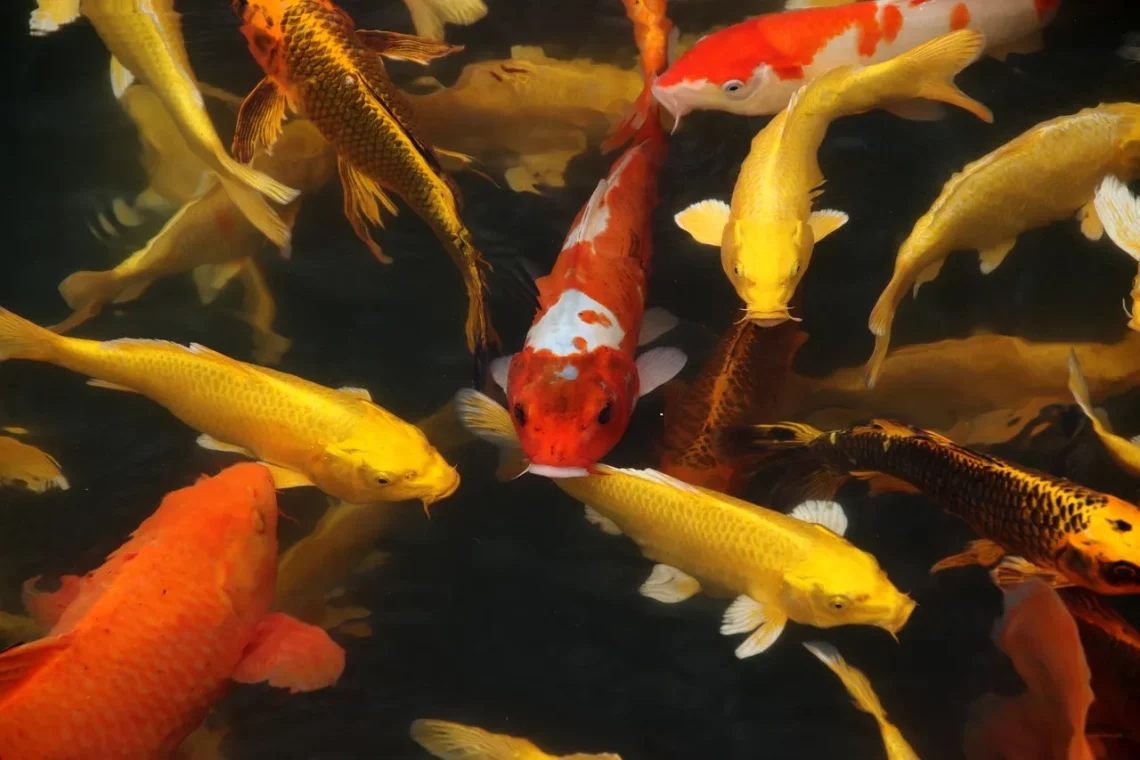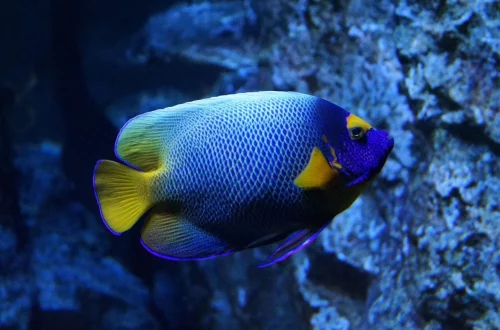
Essential Guide to Coldwater Aquarium Fish for Beginners
Starting an aquarium can be an exciting and fulfilling hobby, especially for those who are captivated by the beauty of aquatic life. Coldwater aquariums, in particular, offer a unique opportunity for beginners to explore a diverse range of fish species that thrive in cooler temperatures. Unlike tropical fish, which require heated tanks and specific water conditions, many coldwater fish are more resilient and adaptable, making them perfect for novice aquarists.
When embarking on this journey, it’s crucial to understand not just the species you might want to keep, but also the specific care requirements each has. Coldwater fish can be just as vibrant and captivating as their tropical counterparts, and they often come with their own set of unique challenges and joys. The key to maintaining a healthy coldwater aquarium lies in creating a suitable environment that mimics their natural habitat while also considering their dietary and social needs.
As you delve into the world of coldwater aquariums, you will discover the various species available, their compatibility with one another, and the essentials of tank maintenance. With the right knowledge and preparation, you can create a thriving aquatic ecosystem that not only enhances your living space but also provides you with hours of fascination watching these enchanting creatures swim and interact.
Popular Coldwater Fish Species for Beginners
When it comes to selecting fish for your coldwater aquarium, there are several species that are particularly well-suited for beginners. These fish are not only hardy but also come in a variety of colors and patterns, making them visually appealing. Some of the most popular choices include goldfish, white cloud mountain minnows, and zebra danios.
Goldfish are perhaps the most recognized coldwater fish. They can grow quite large and live for many years, making them a long-term commitment. They are available in various colors and types, including the common goldfish, fancy goldfish, and even the beautiful ranchu. However, it’s essential to provide adequate space and filtration for goldfish, as they produce a significant amount of waste.
Another excellent choice for novice aquarists is the white cloud mountain minnow. These small, peaceful fish thrive in cooler water and can be kept in schools, making them a great addition to community tanks. They are relatively easy to care for and adapt well to various water conditions, which is perfect for beginners still learning the ropes of aquarium maintenance.
Zebra danios are another hardy species that can tolerate a range of temperatures and water conditions. They are active swimmers and can add a lively dynamic to your aquarium. Their striking horizontal stripes make them a favorite among aquarists, and they get along well with other species, making them a great choice for a community tank.
In selecting your coldwater fish, it’s vital to consider compatibility. Some species may be more aggressive or territorial, which can lead to stress and conflict in your tank. Always research the specific needs and behaviors of each species to ensure a harmonious aquarium environment.
Creating the Ideal Coldwater Aquarium Environment
Setting up a coldwater aquarium involves more than just adding fish; it requires careful planning to create a suitable environment for your aquatic pets. The key elements to consider include tank size, filtration, water quality, and decoration.
First, tank size is crucial. While it might be tempting to start with a smaller aquarium, larger tanks are generally more stable in terms of water parameters. A minimum of 20 gallons is recommended for beginners, especially if you plan to keep multiple fish. This will allow for adequate swimming space and help maintain a balanced environment.
Next, investing in a reliable filtration system is essential. Coldwater fish produce waste, which can quickly lead to poor water quality if not managed properly. A good filter will help keep the water clean and oxygenated, contributing to the overall health of your fish. Regular maintenance, including changing filter media and cleaning the tank, will also be necessary to maintain optimal water conditions.
Water quality is another critical factor. Coldwater fish typically thrive in a pH range of 6.5 to 7.5, with a temperature range of 60°F to 75°F. Regular testing of your water parameters is vital to ensure a healthy environment. Using a water conditioner can also help remove harmful chemicals from tap water before introducing it to your aquarium.
Lastly, consider incorporating decorations and plants into your aquarium. Not only do they enhance the aesthetic appeal, but they also provide hiding spots and territories for your fish. Live plants can improve water quality and offer additional benefits, such as oxygenation. Just ensure that any decorations are fish-safe and won’t harm your aquatic inhabitants.
Feeding and Caring for Your Coldwater Fish
Proper feeding and care are essential for the health and longevity of your coldwater fish. Understanding their dietary needs and establishing a routine will set you up for success in your aquarium journey.
Most coldwater fish are omnivores, meaning they require a balanced diet of both plant and animal matter. High-quality flakes or pellets specifically formulated for coldwater species are a great starting point. You can also supplement their diet with frozen or live foods, such as brine shrimp or daphnia, which can provide additional nutrition and enrichment.
Feeding frequency is important to consider as well. Young fish may require feeding two to three times a day, while adult fish can be fed once or twice daily. Always ensure that any uneaten food is removed after a few minutes to maintain water quality and prevent overfeeding, which can lead to health issues.
Regular tank maintenance also plays a significant role in the overall well-being of your fish. Performing partial water changes every couple of weeks helps to remove toxins and replenish essential minerals. Keeping an eye on your fish for any signs of illness or stress is vital, as early detection can lead to better outcomes.
Social interaction is another aspect of care that shouldn’t be overlooked. Many coldwater fish thrive in schools and benefit from the presence of their species. Observing their behavior can also provide valuable insights into their health and happiness. If you notice any signs of aggression or stress, be prepared to make adjustments, such as rehoming certain fish or adding more hiding spots.
By following a proper feeding regime and maintaining a clean environment, you’ll be well on your way to creating a thriving coldwater aquarium that brings joy for years to come.
In conclusion, starting a coldwater aquarium can be a rewarding experience for beginners. By selecting compatible fish, creating an ideal environment, and ensuring proper feeding and care, you can build a beautiful aquatic ecosystem that enhances your home. Remember, patience and consistent maintenance are key to success in this fascinating hobby. Always consult with a knowledgeable source or veterinarian if you encounter any issues or have health-related concerns regarding your fish.
**Please note: This article is not intended as medical advice. For any health-related issues, please consult a qualified healthcare professional.**




